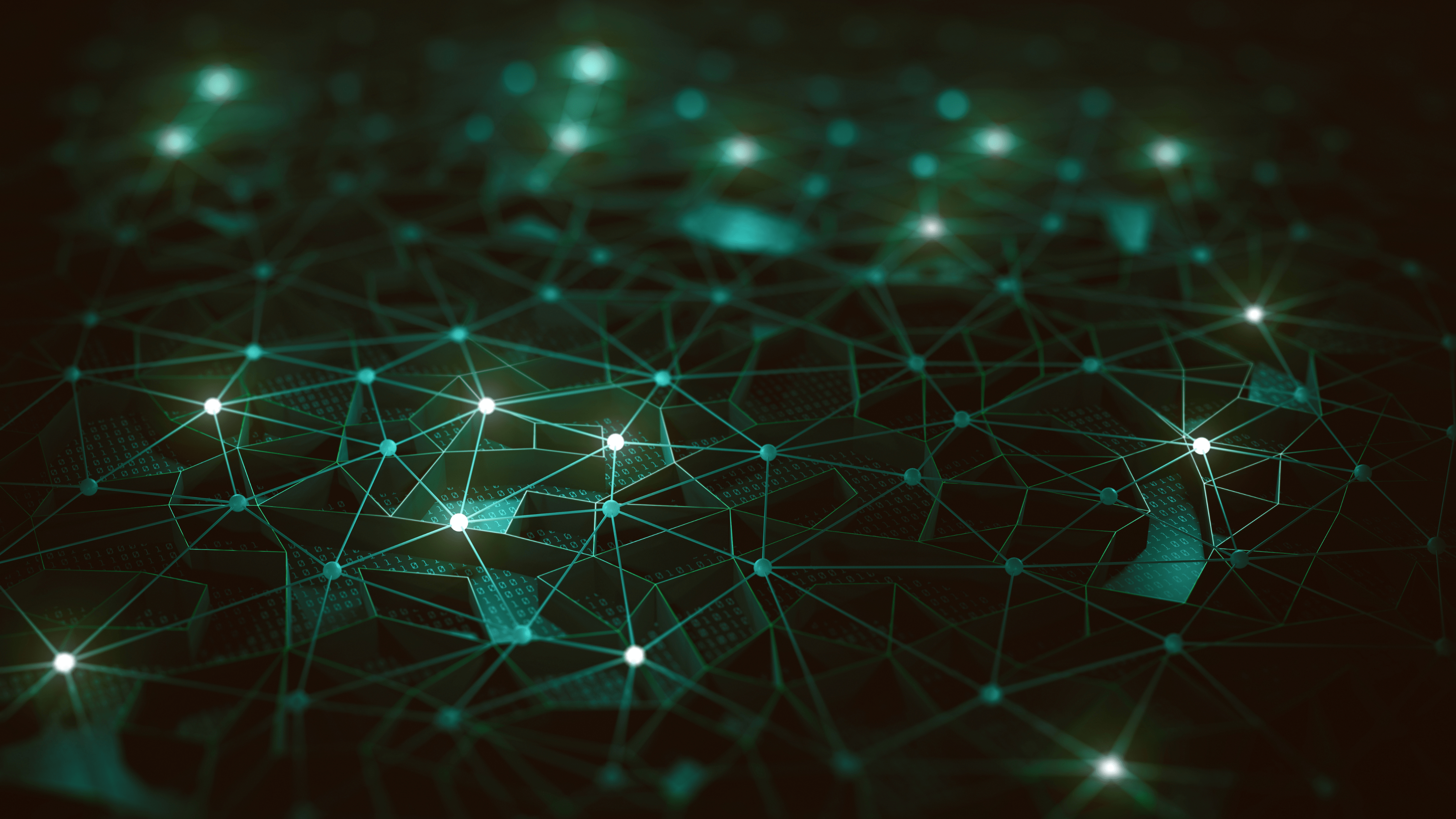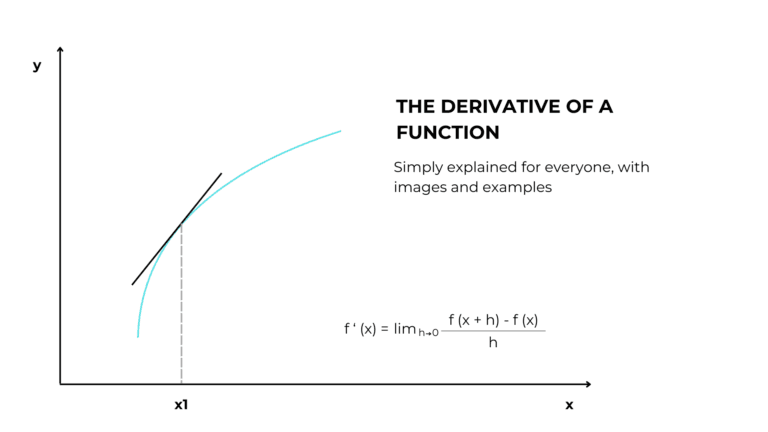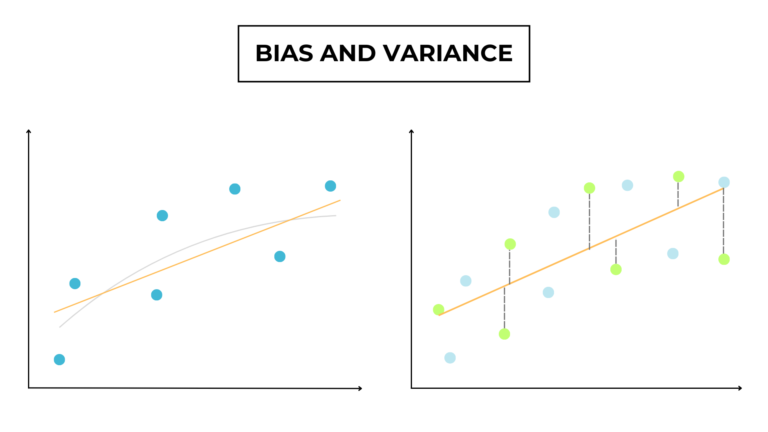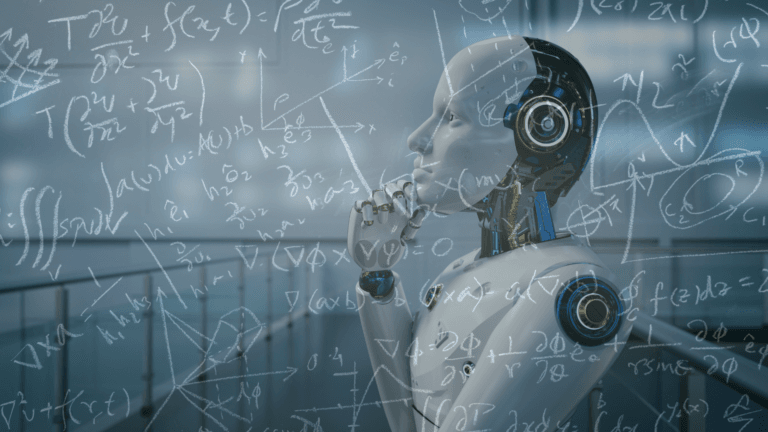What machine learning is (definition)
Machine learning is a subfield of artificial intelligence that studies the development of machines able to find meaningful pattern and relationships in a large input data.
What makes a machine learn?
Put this way, machine learning almost sounds like strange magic. In reality, the essential steps to enable a machine to learn are 4:
- Choose a phenomenon you want to study.
- Collect a large number of observations about that phenomenon and organize them into a dataset.
- Give instructions to the computer on how to analyze the data.
- Store the computer’s “findings” in a model that describes the data involved.
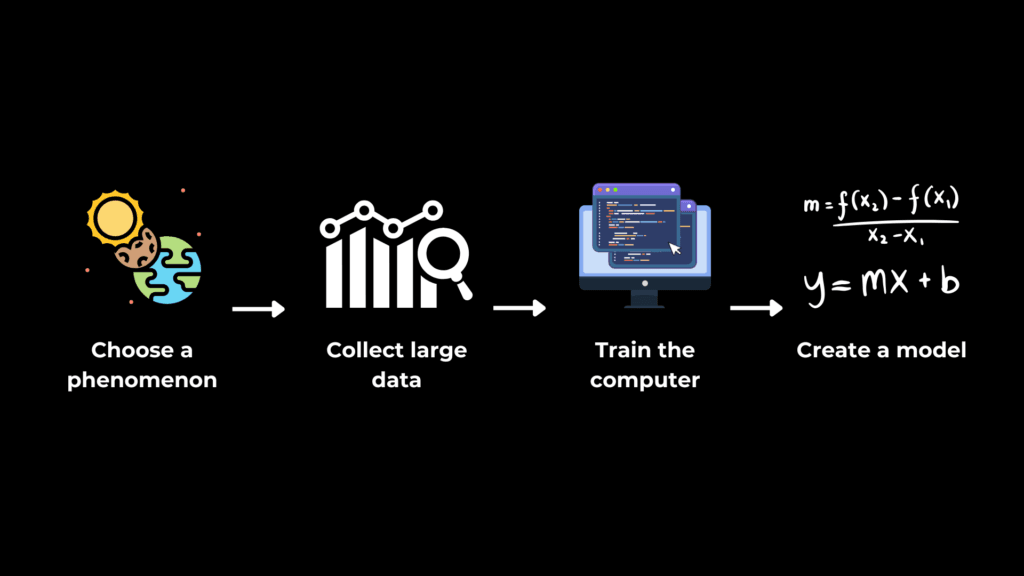
Machine learning data
Data in machine learning is the set of all the measurements and observations gathered about a phenomenon.
These observations can be any type of information, from numbers to text to images.
The data are brought together in a dataset, and divided into features: measurable characteristics of this phenomenon.
| Study time | Study place |
|---|---|
| 2 hours | Library |
| 45 min | Home |
| 30 min | Friend’s house |
| 3 hours | Library |
In this case, the phenomenon is a physics exam. The features are “study time” and “study place”.
NOTE: this is just an example. To teach machines properly we need huge datasets with thousands of observations.
Machine learning models and algorithms
What is a mathematical model?
A mathematical model is a mathematical representation of a system.
To do this, a model can describe information about the system through constants, variables, and equations.
To make things clearer, let’s look at an example.
Our system
Imagine a car moving in a straight line with a constant velocity. In physics, this is called a uniform linear motion.
Model description
Variables:
- Let S(t) represent the position of our car at a given time.
- Let S0 be the car initial position.
- Let V be the constant velocity.
- Let Δt be the seconds that passed after the start of the motion.
Equation:
The most important equation of this system describes the car’s position depending on the time passed.
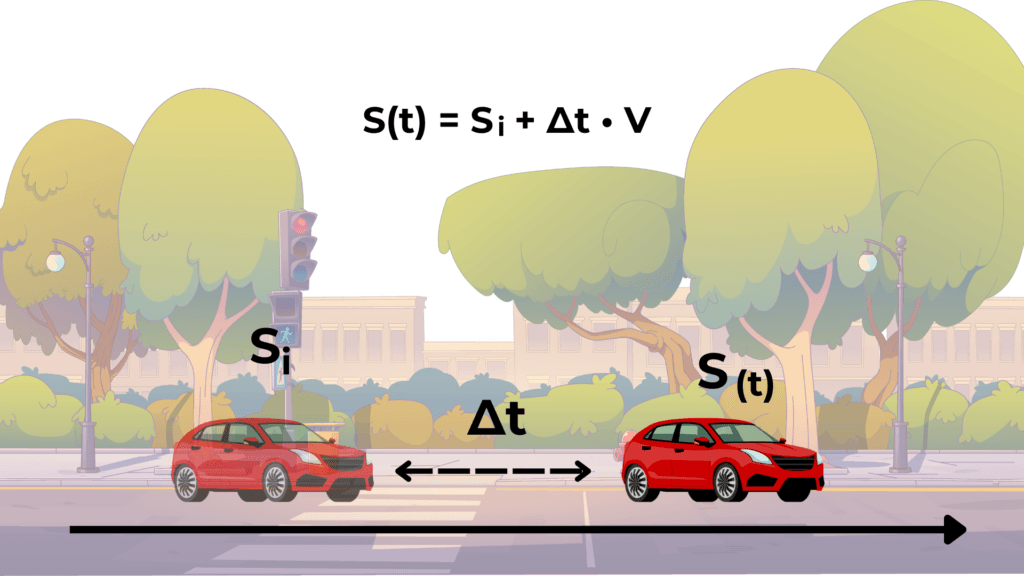
What is a machine learning model?
A machine learning model is a mathematical model that describes the input dataset.
For example, in a supervised learning problem, our model can store an equation relating the output and input features.
To learn more about building a ML model, click here.
What is a machine learning algorithm?
A machine learning algorithm is the set of instructions to build a machine learning model.
The step in which our computer executes the ML algorithm to build our model is called training.
To learn more about algorithms, click here.
Machine learning “teaching” approaches
Unsupervised learning
An unsupervised learning model aims to discover patterns, relationships and structures between observations in a non-labeled dataset.
Data is not labeled when all the features are independent from one another.
| Study time | Study place |
|---|---|
| 2 hours | Library |
| 45 min | Home |
| 30 min | Friend’s house |
| 3 hours | Library |
For example, if we train a model on this dataset, it may discover that students studying in the library were more concentrated and spent more time on books.
Supervised learning
The exam results just dropped!
| Study time | Study place | Result |
|---|---|---|
| 2 hours | Library | Passed |
| 45 min | Home | Not passed |
| 30 min | Friend’s house | Not passed |
| 3 hours | Library | Passed |
Now we have a label, a feature “Result” that depends on the other features.
So we build a supervised machine learning model that finds the mathematical relationship between the independent variables X, and the dependent variable y.
In this case, X is [“Study time”, “Study place”] and y is [“Result”].
The beauty of supervised learning
Supervised learning is the most used training technique because it applies to the majority of real-world problems.
Supervised learning models act like a function connecting an input to an output.
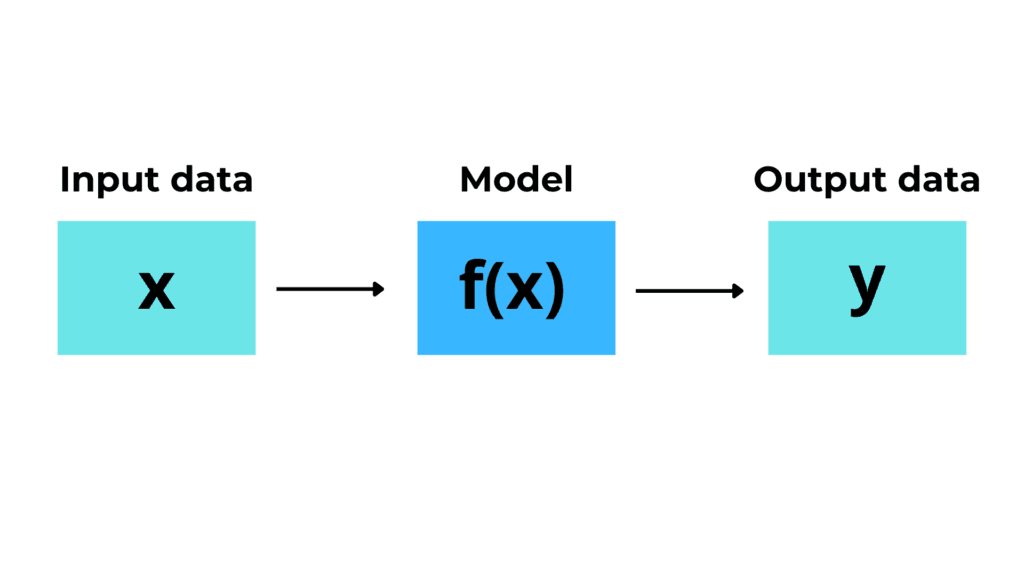
This way, if we have an input and we want to calculate its output, we just plug it into the model’s equation.
Think about house price estimator, email spam classification, or even cancer recognition.
Reinforcement learning
A computer program interacts with a dynamic environment in which it has a goal (such as driving a vehicle, playing a game against an opponent, or making business decisions). During the learning process, the program is given feedback related to a system of rewards, which helps it progress over time. If the action taken is correct, the model gets a reward; if not, it gets punished.
Why do we need machine learning?
Machine learning systems are used in numerous sectors of our lives, like:
Healthcare
Machine learning is revolutionizing healthcare by diagnosing diseases through image recognition models, enabling personalized medicine based on individual genetic profiles, facilitating drug discovery, and improving patient outcomes through predictive analytics.
Finance
In the financial sector, machine learning is employed for fraud detection, credit scoring, algorithmic trading to optimize investment strategies, implementation of customer service chatbots for efficient client interactions, and market prediction based on past trends.
Retail
Machine learning applications in retail encompass demand forecasting, personalized product recommendations, inventory management optimization, and the prediction of customer churn to enhance customer retention strategies.
Manufacturing
In manufacturing, machine learning is utilized for predictive maintenance, ensuring optimal equipment performance, maintaining quality control standards, optimizing supply chain processes, and improving production scheduling efficiency.
Technology
The technology sector benefits from machine learning in various ways, including natural language processing (NLP) for virtual assistants, image and speech recognition technologies, and the implementation of recommendation systems in online platforms.
Telecommunications
Telecommunications companies leverage machine learning for network optimization, predictive maintenance of infrastructure components, and customer churn analysis to enhance service quality and customer satisfaction.
Automotive
The automotive industry integrates learning into autonomous vehicles to improve safety, traffic prediction, and optimization to improve overall transportation efficiency and develop automated driving systems.
Energy
Machine learning applications in the energy sector include predictive maintenance for equipment, optimization of energy consumption patterns, and fault detection in critical infrastructure.
Agriculture
Agriculture benefits from ML through crop yield prediction models, precision farming techniques that optimize resource usage, and the detection of pests and diseases for timely intervention.
Education
In education, machine learning provides personalized learning experiences and simple assistance to students and automates grading processes to reduce assessment procedures and ensure more time for teachers to focus on youngsters’ growth.
Government
Governments utilize machine learning for fraud detection in public services, security, and surveillance applications, predictive policing strategies, and the optimization of public services through data-driven decision-making.
Marketing and advertising
In the field of marketing and advertising, machine learning is useful in targeted advertising campaigns, customer segmentation for customized marketing strategies, and in general improving the efficiency of advertisements.

